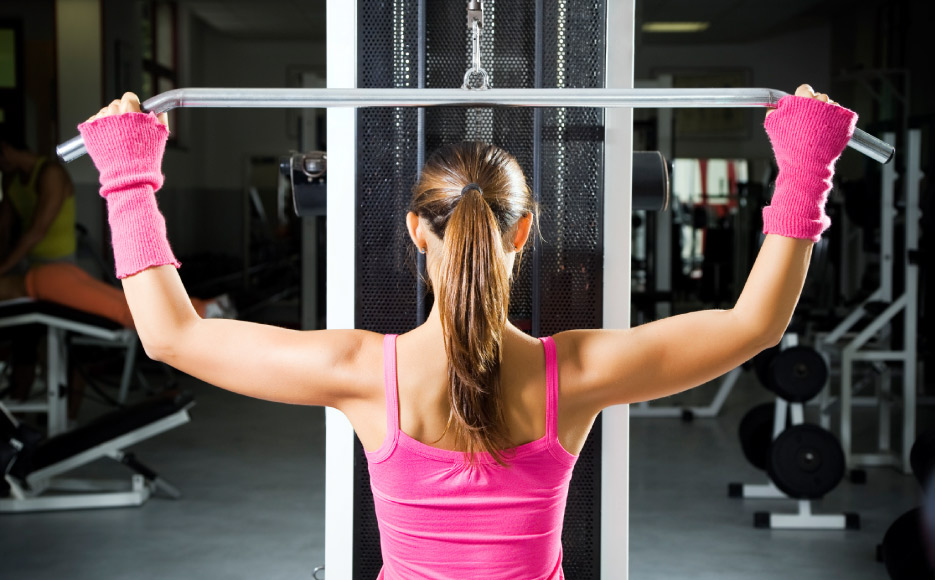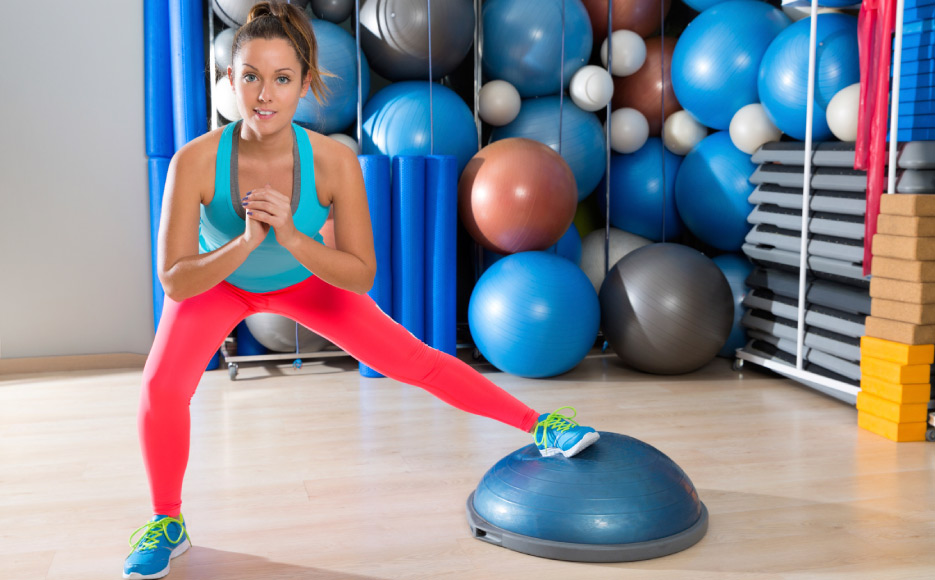How to Become World Cup Strong
WRITTEN BY JEFFREY SPAETH, L.M.T., C.P.T.
During a 90-min soccer game, players run an average of 6-10 miles—no wonder they’re exhausted by the time the match is over! It takes explosive speed and abdominal strength, as well as proper nutrition and months of training, to beat the competition. This past weekend, the United States’ Women’s Soccer Team won their third World Cup title against Japan with a score of 5-2. Imagine the amount of skill and training it took to get them so far!
If you’ve been inspired by the efforts of these powerful women, you’ll be thrilled to know that almost anyone can become World Cup strong. With dedication and a little bit of training, you’ll be on your way to a stronger, healthier you in no time.
Craft a Training Regimen
In order to become World Cup strong, you first need to develop a targeted training regimen. Training involves high intensity interval workouts and repetitive sprint work, combined with proper and balanced nutrition. In soccer, players burn about 2000-3000 calories during a 90-minute match. Most of the fuel used during these games comes from carbohydrates, which should then be replaced with protein to aid muscle recovery. If you want to avoid soreness and muscle cramps, you should also make sure to increase your potassium intake.
During preparation for these matches, players focus on higher reps and sets. Typical training exercises include squats, single-leg Romanian dead lifts and core development. The players utilize equipment such as TheraBands, kettle balls, TRX, BOSU, physio balls and medicine balls—most of which can be found at your local gym or supplied by a personal trainer.
Utilize Proprioception
Players also use a workout technique called proprioception, which describes the body’s ability to know its position in space without visual confirmation. Proprioception takes into account factors such as balance, agility and coordination. It compiles information from sensory neurons in the inner ear with stretch receptors in the muscles and joint-supported ligaments. When starting a training program that is focused on proprioception, you should always use a flat, stable surface, before progressing to incorporate a BOSU ball (pictured above).
The average person benefits from the same exercises professionals use without spending hours in the gym. With proper training, almost anyone can become World Cup strong! Come by the gym today, and we’ll help you design the perfect plan to get you started.
What did you think of this year’s World Cup? Do you have what it takes to become World Cup strong? Leave us a message in the comments below! For more information, or to schedule a training session, you can contact us or connect with us via social media.


Comments are closed here.